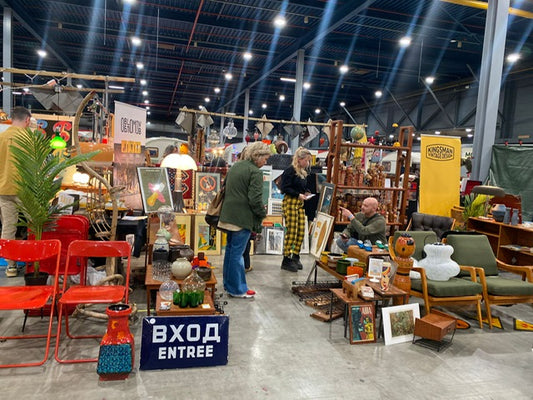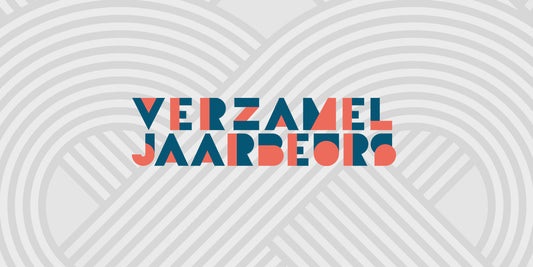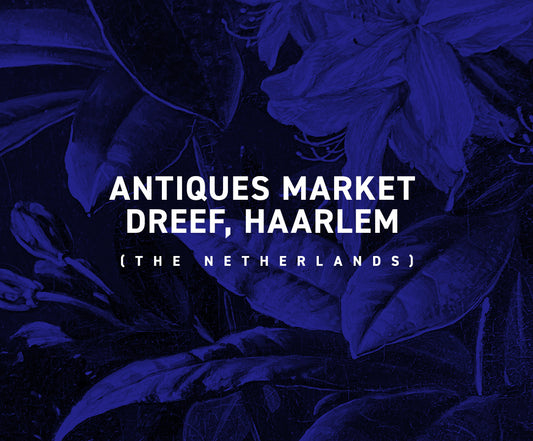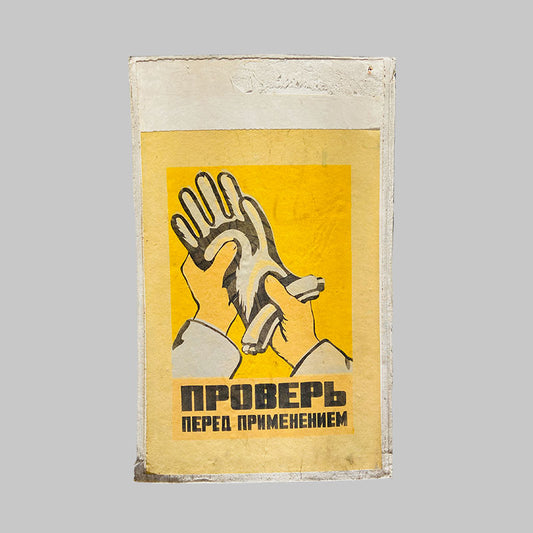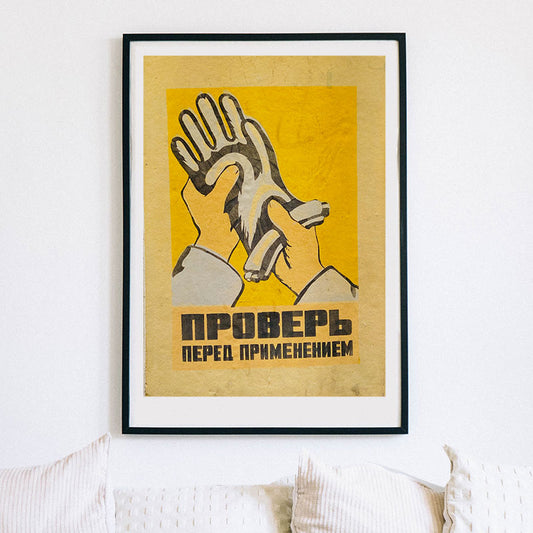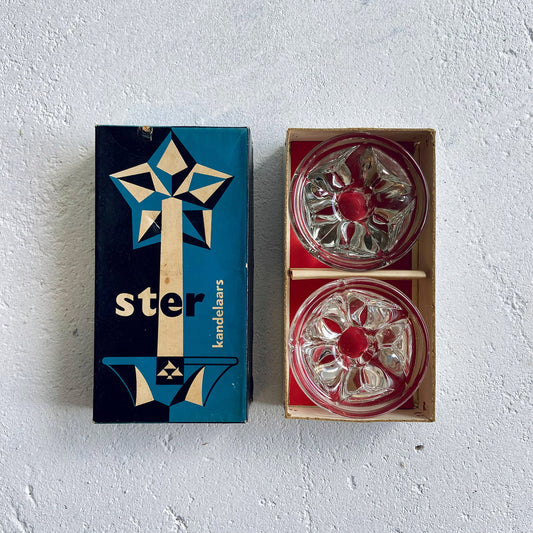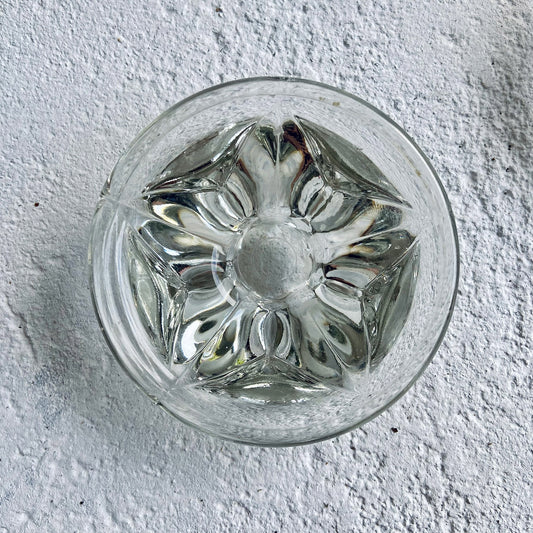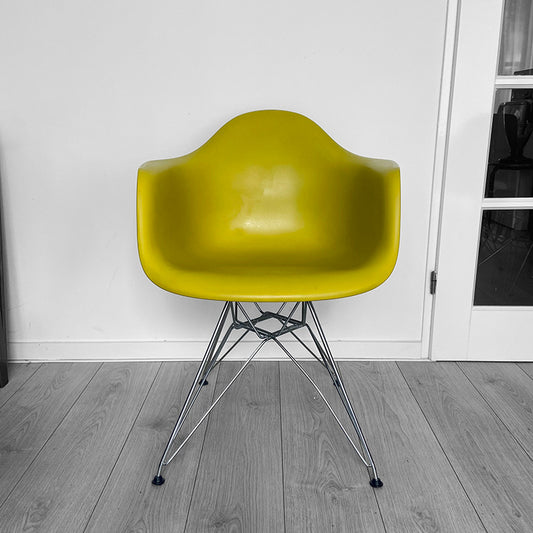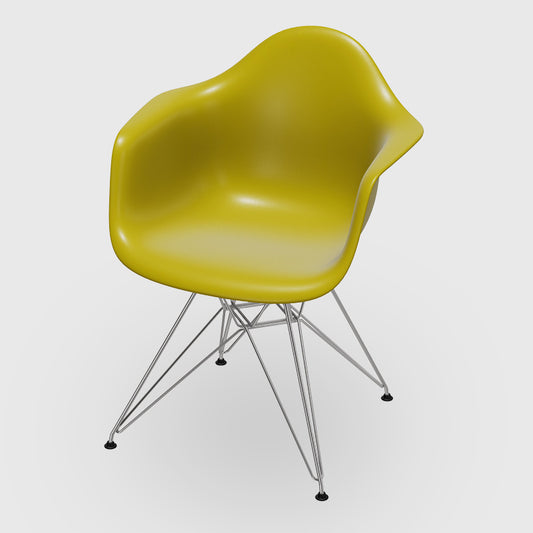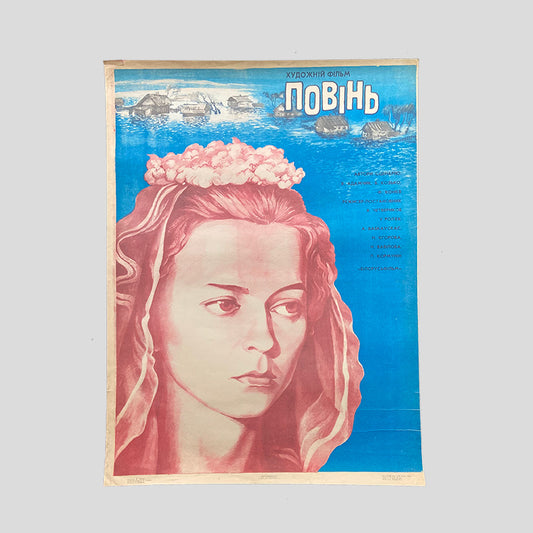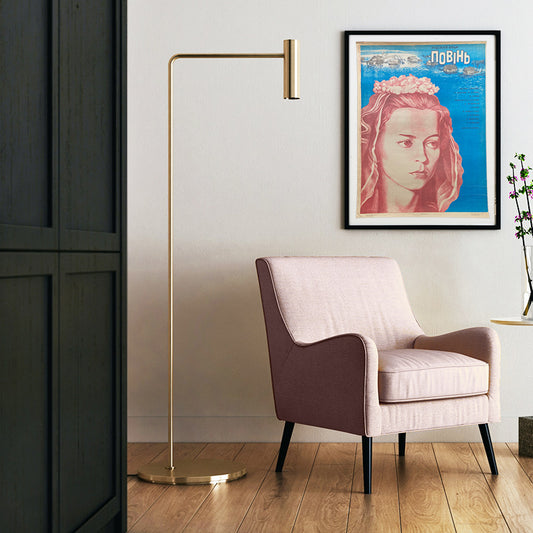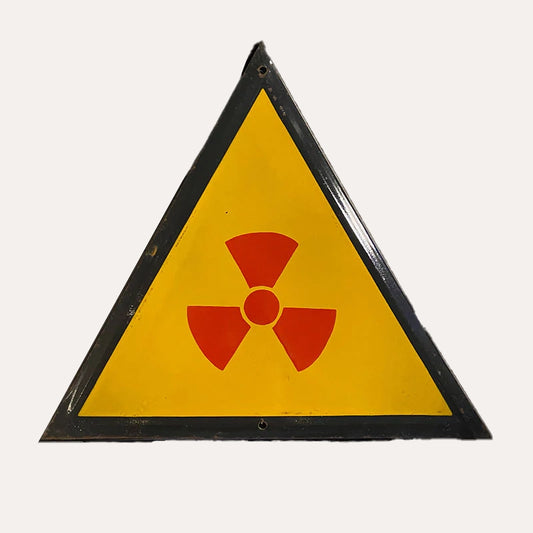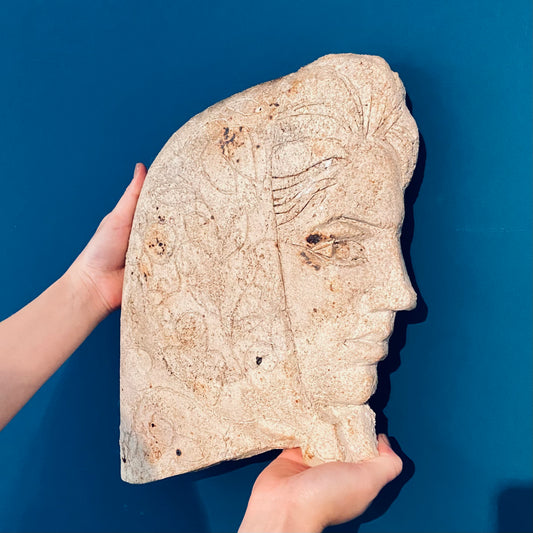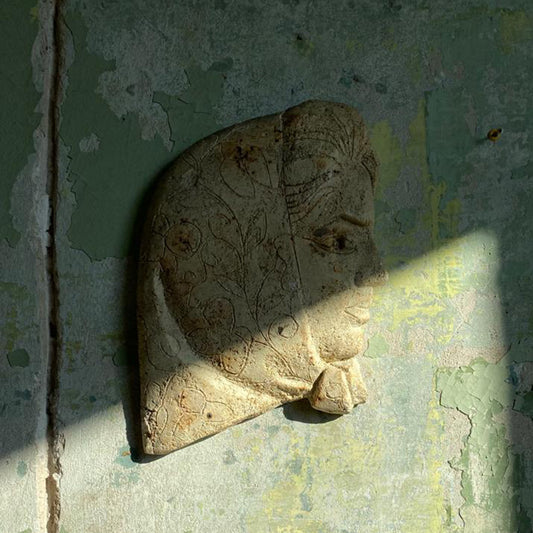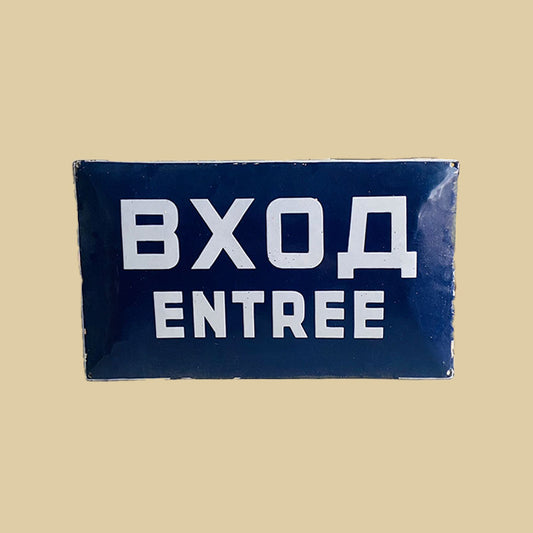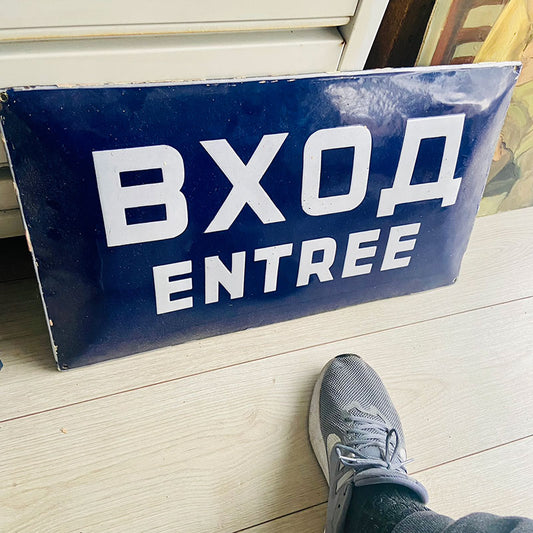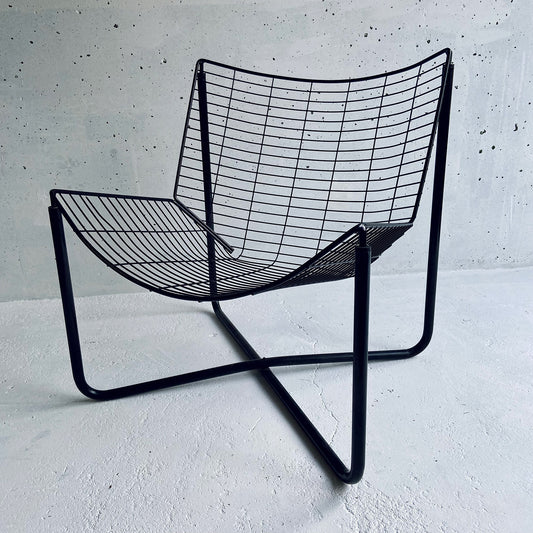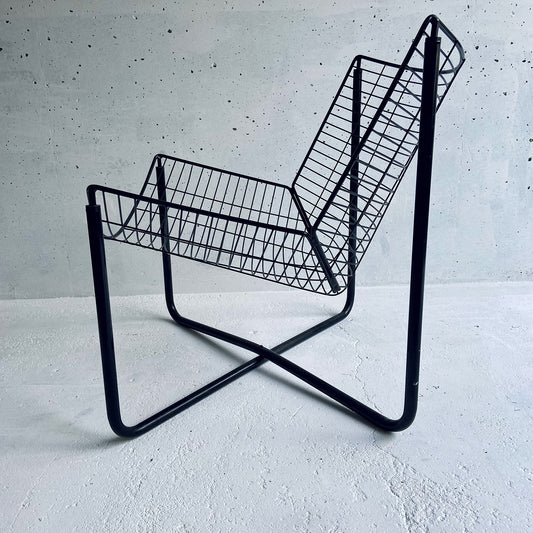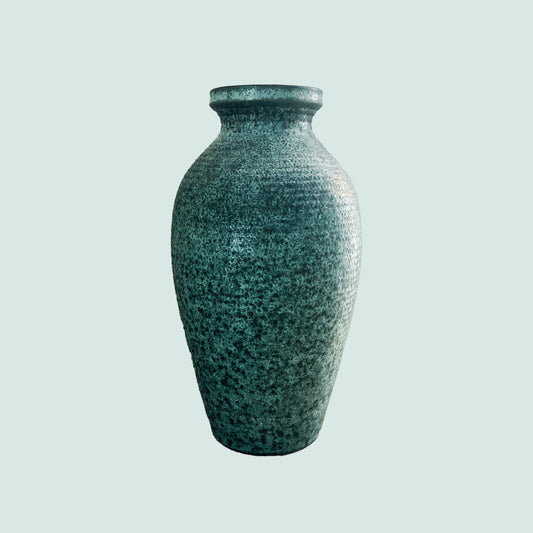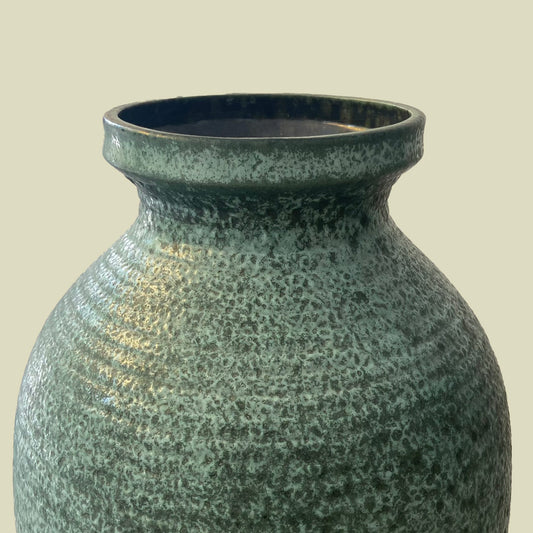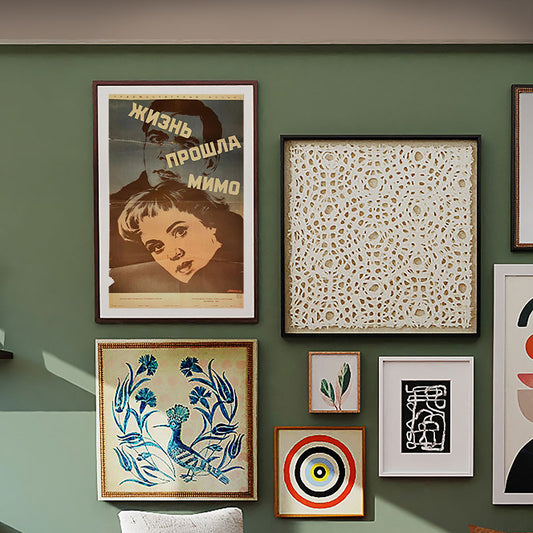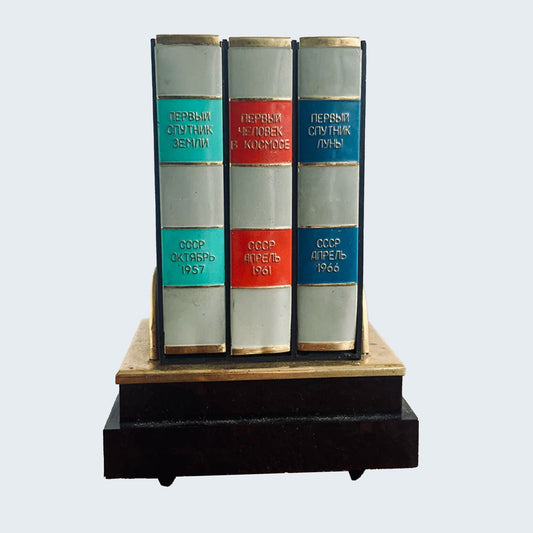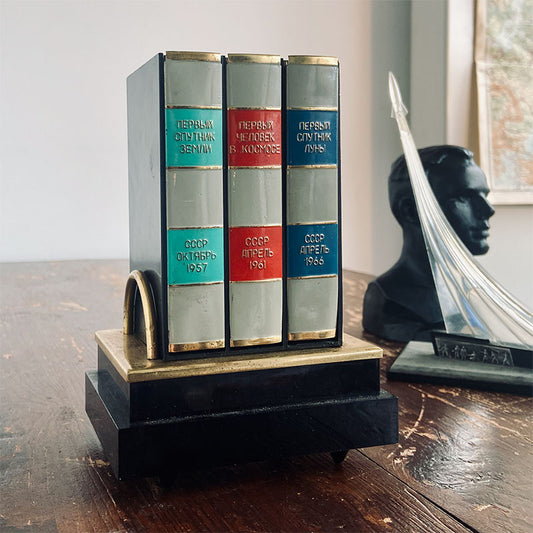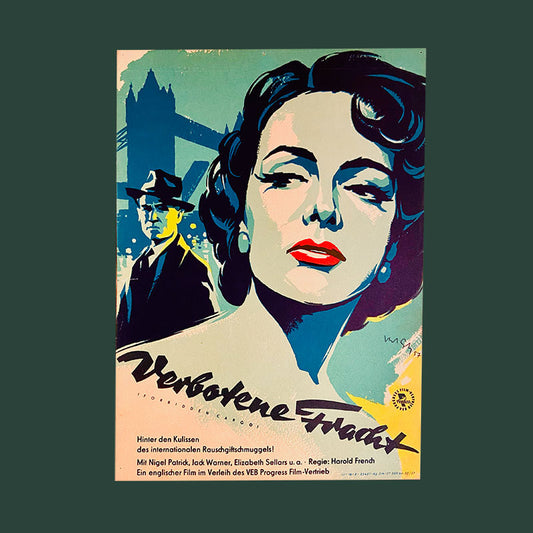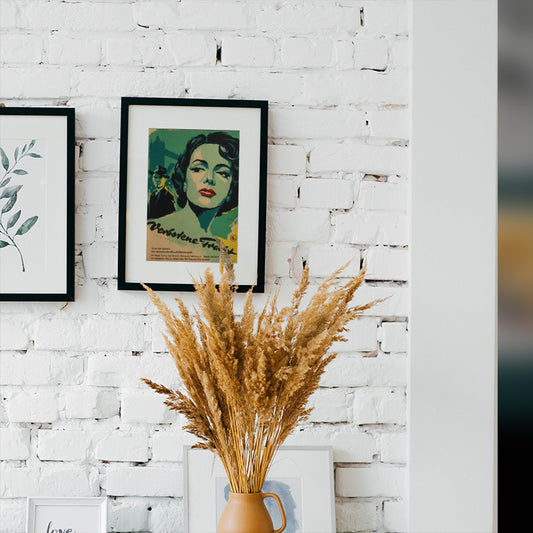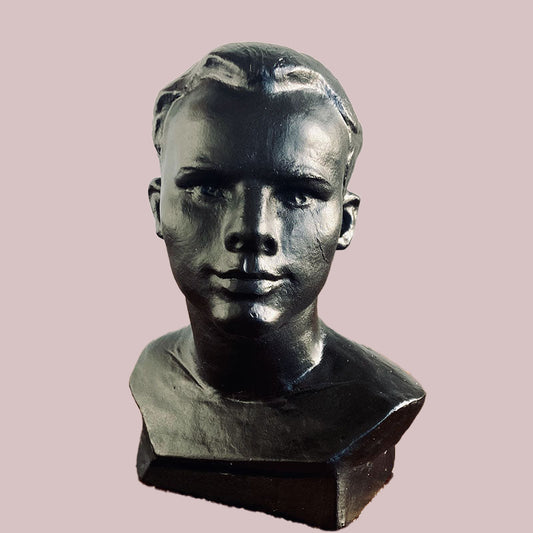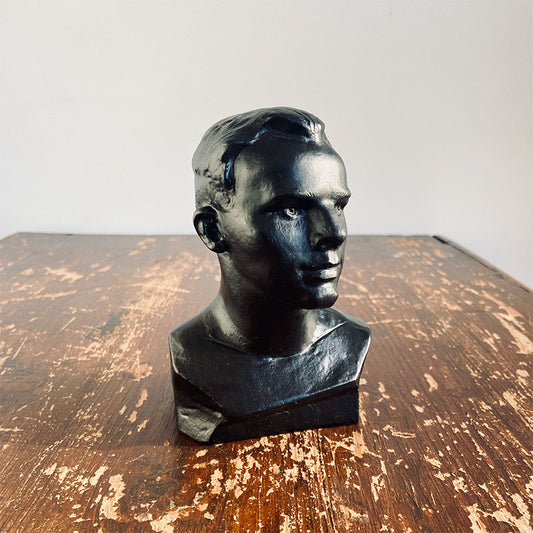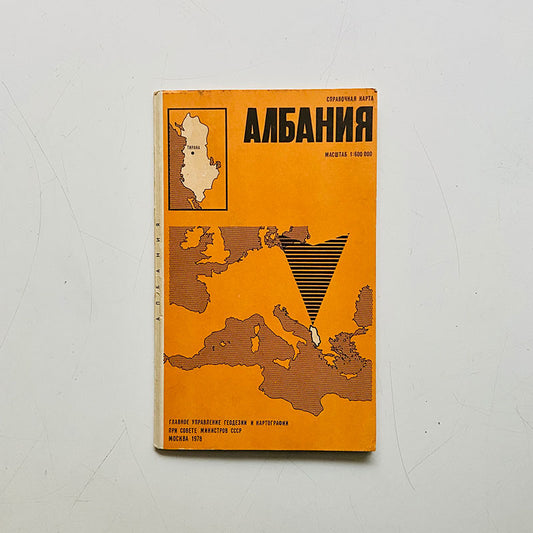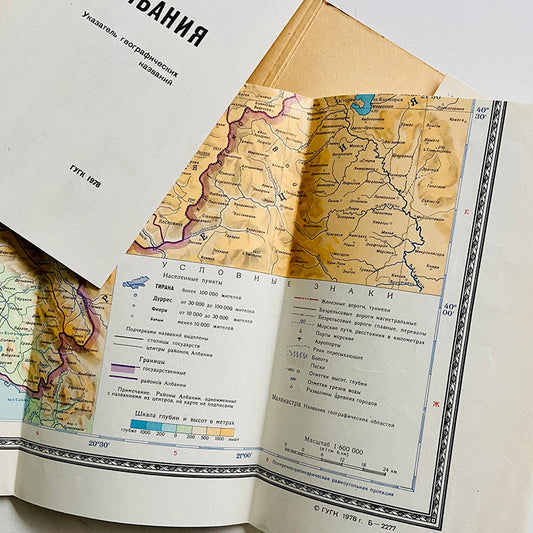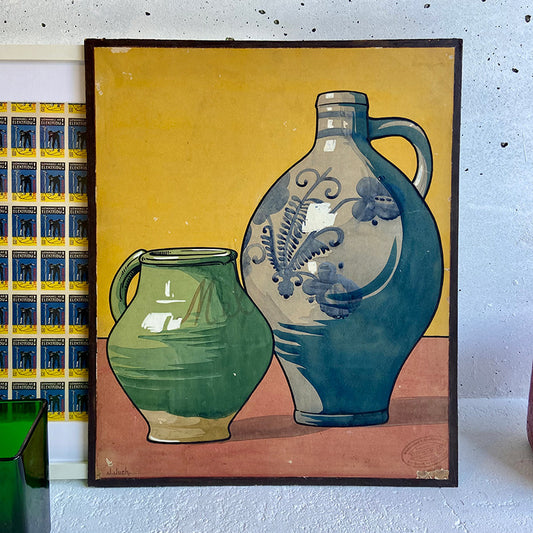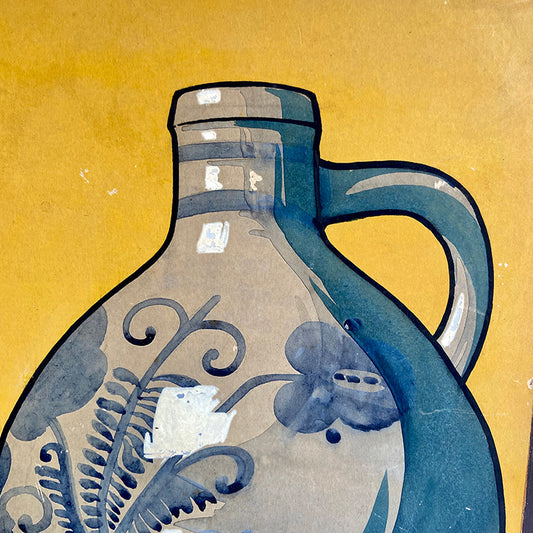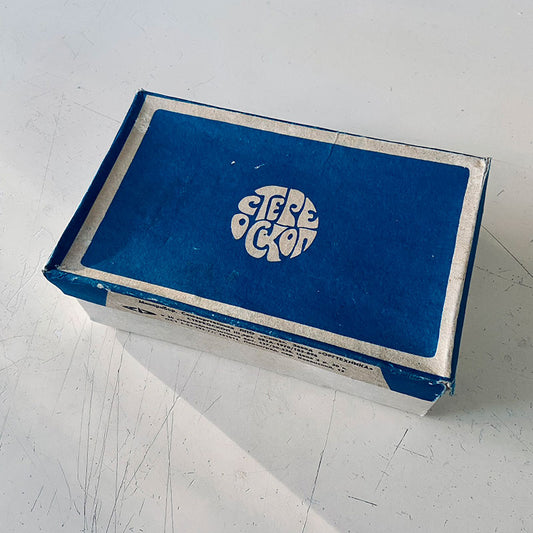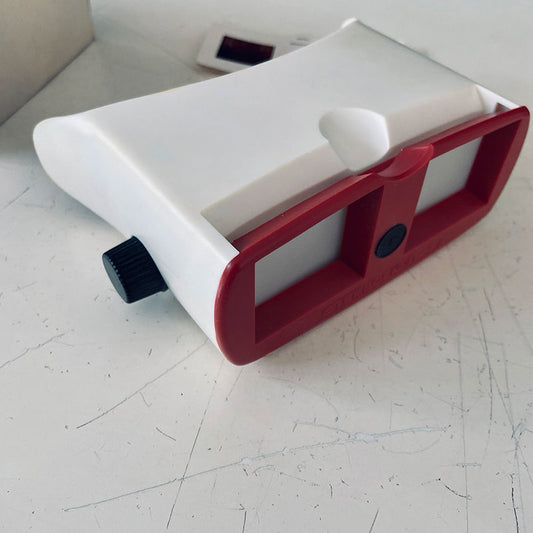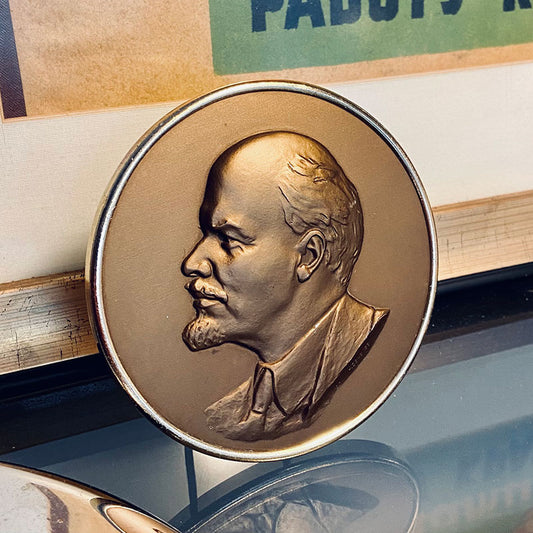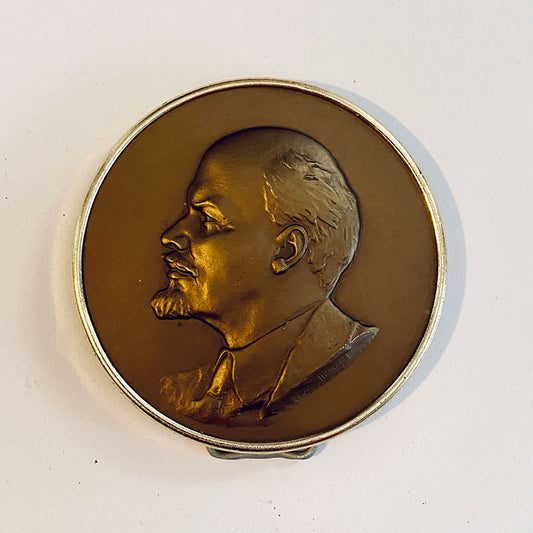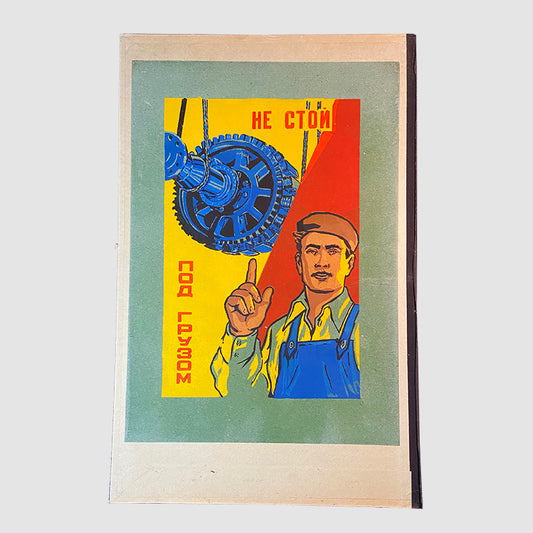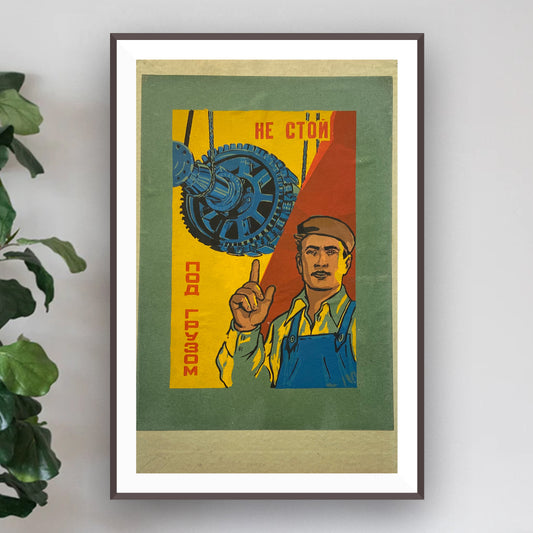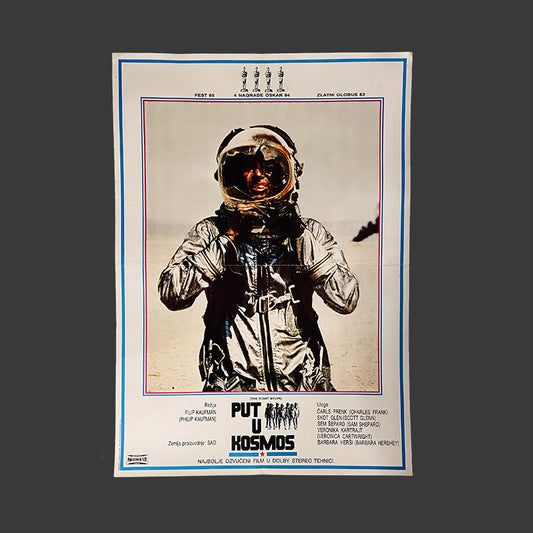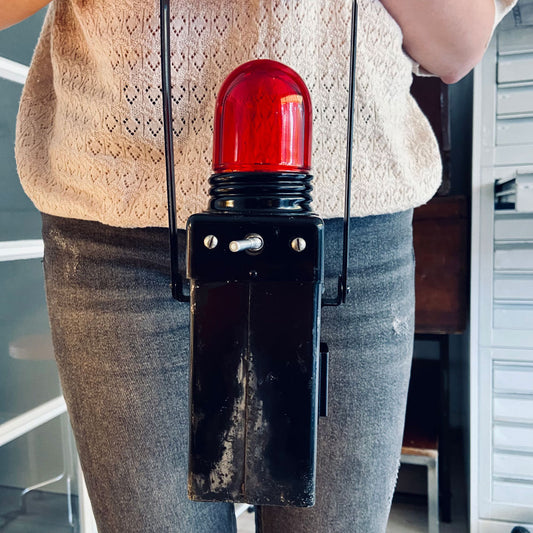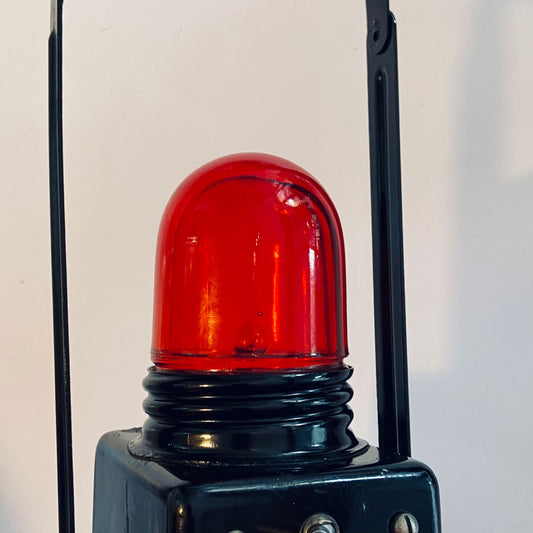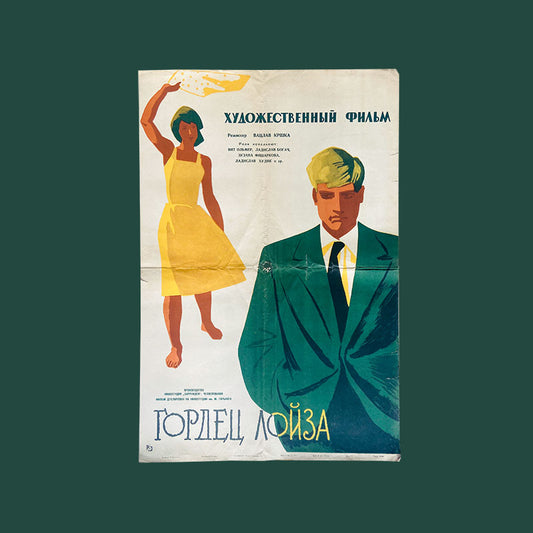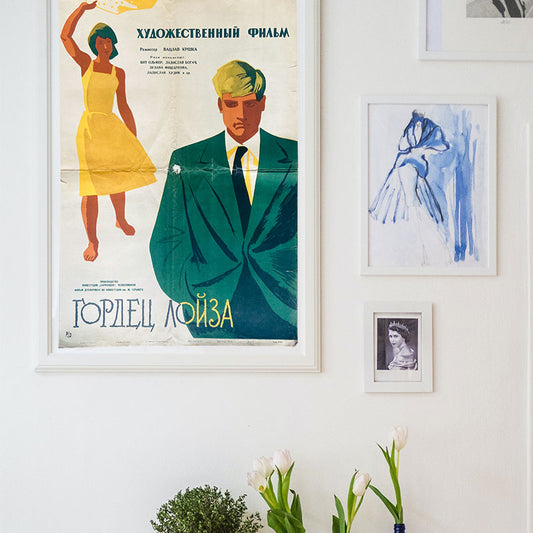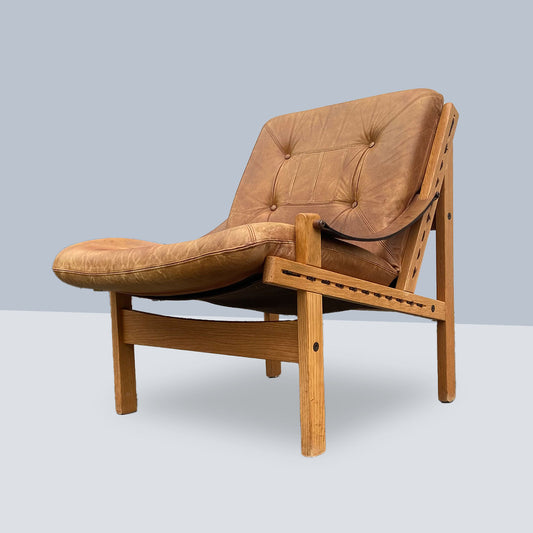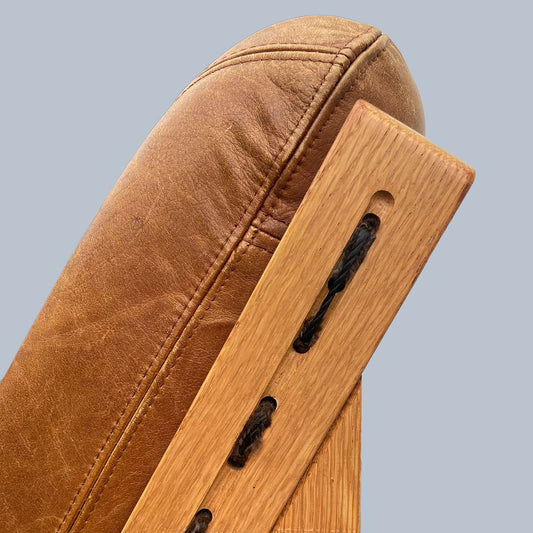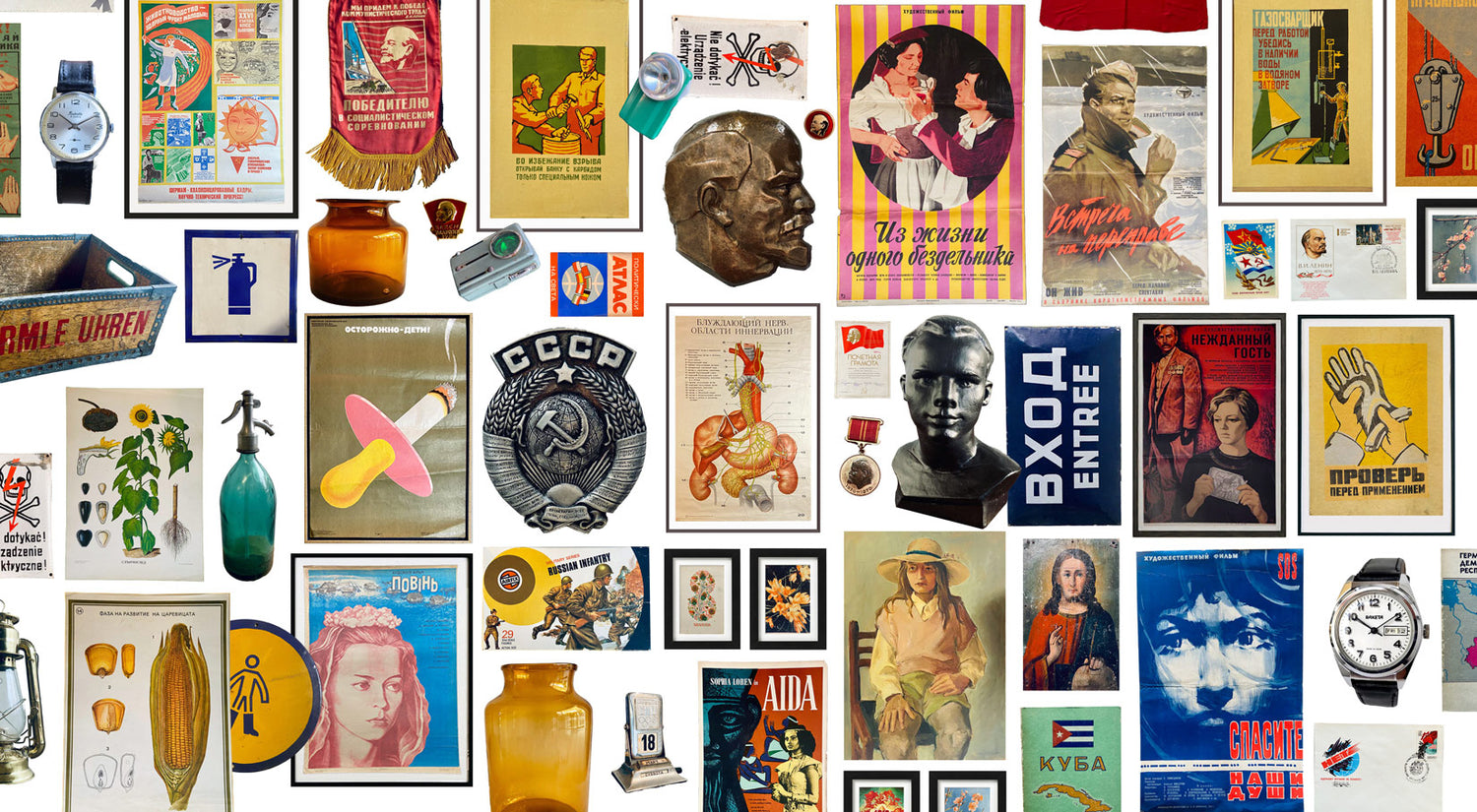During Soviet times, Bulgaria was a fascinating country with a unique blend of Eastern European and Soviet culture. While the country was officially a communist state, with a one-party dictatorship and state-controlled economy, there were also some interesting quirks and lesser-known facts that set Bulgaria apart from other Eastern European nations. Also, I want to tell you more about the two major cities of this wonderful country. Let's start with some interesting facts.

Interesting (and not so well known) facts about Bulgaria
Disco music in Soviet times
One of the most unusual aspects of Bulgarian life during Soviet times was the country's love for disco music. Bulgaria was the only Eastern European nation where disco music was popular and widely accepted. The government even encouraged the development of a Bulgarian disco scene, in the hopes of promoting a "modern" and "progressive" image of the country.
A casino as well?
Another surprising fact is that, some say, Bulgaria was the only Eastern Bloc country to feature a casino in the capital city. The country's first casino, which opened in 1979 in Sofia, was named 'Vitosha', after the famous twin ridge mountain, which rises above Sofia.
Bulgarian movies in 'the old days'
Despite the government's attempts to control cultural expression, Bulgarian cinema had a certain level of independence and made a number of critically acclaimed films during Soviet times. While most Eastern European countries only produced propaganda films, Bulgaria's film industry produced some works that explored the darker side of communism and even some satirical works.
A little side-note: we don't have Bulgarian (vintage) movie posters at the moment, unfortunately, but stay tuned... We know a guy who knows a guy... and maybe we'll have some cool posters soon!
The name, Bulgaria?!
This fact, I must say, is a little copy-past from the Bulgaria-wikipedia page. I couldn't ignore it.
A visit to Sofia and Plovdiv
Let's zoom in a little bit at the two major cities of Bulgaria: Sofia and Plovdiv. Cities, with rich histories and cultures, that have been shaped by centuries of political and social change. In the Soviet era, these cities, like many other places in Eastern Europe, underwent significant transformations as they were caught up in the political and economic turmoil of the Cold War.

The capital, Sofia
Sofia, the capital and largest city of Bulgaria, experienced rapid growth and development during Soviet times. The government invested in infrastructure, heavy industry and energy production. This led to a significant expansion of the city, as workers flocked to the capital in search of employment. However, with the lack of proper planning, this led to the outskirts of the city becoming overpopulated.
The cultural life of Sofia was heavily influenced by Soviet ideology. The government sought to promote "progressive" art and literature, and suppress works that were deemed "reactionary" or "bourgeois." This led to a decline in the quality of the city's intellectual and artistic scene, as the independent voices were silenced by state censorship.

Plovdiv, 2023
The oldest city of Europe, Plovdiv
Plovdiv, the second-largest city in Bulgaria, had a slightly different experience during Soviet times. While the city also experienced rapid industrialization and population growth, it managed to maintain more sense of its own cultural heritage. As Plovdiv is considered the oldest continuously inhabited city in Europe (there were people here dating back 8000 years ago), the government invested in preserving the city's ancient Roman ruins and other historical landmarks.

Bulgarian Coca Cola with Cyrillic writing
Changes since the 1990s
The dissolution of the Soviet Union brought significant changes to both cities, as they began to experience the process of political and economic liberalization. Both cities have undergone significant development since then, with the growth of new businesses, a revitalization of historical areas, and an expansion of cultural and artistic offerings. The effects of the Soviet era is still visible in both cities, in the form of the architecture, infrastructure and culture, but also serves as a reminder of the past, and the progress made since.

Buzludzha monument, Bulgaria by Alexandr Bormotin
A solo trip to Bulgaria
I must say: the trip to Bulgaria, mainly Sofia and Plovdiv, has been eye-opening. I've seen lots of wonderful buildings, met a good deal of lovely people, visited cool places and found really nice objects (of course!).
Check out the previous article about Bulgaria, "A short solo trip through Bulgaria", a more 'travel style' journal. Want to see our items, which I found in Bulgaria? Check out the Bulgaria collection.



